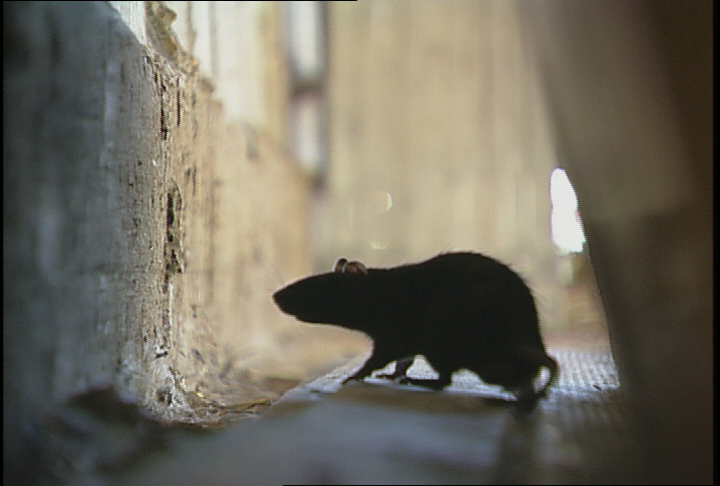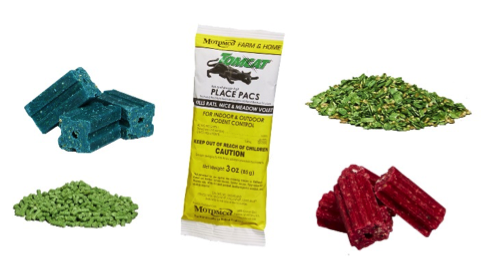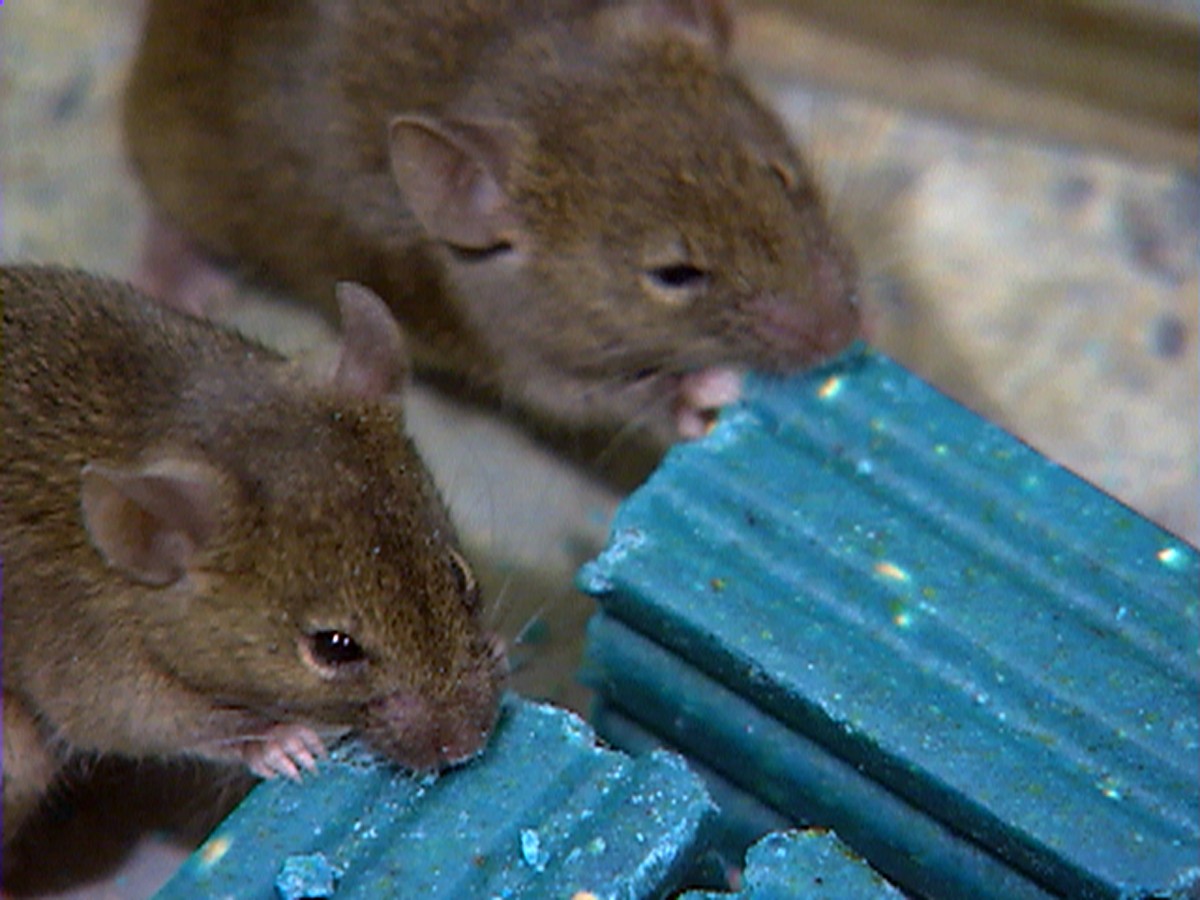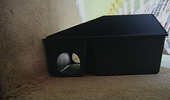 Living with rats and mice is unhealthy. They spread diseases and contaminate food with their urine and droppings. What’s more, with their constant need to gnaw, rodents cause costly structural damage, and fires in homes or barns are sometimes the result of rodents gnawing on electrical wires.
Living with rats and mice is unhealthy. They spread diseases and contaminate food with their urine and droppings. What’s more, with their constant need to gnaw, rodents cause costly structural damage, and fires in homes or barns are sometimes the result of rodents gnawing on electrical wires.
There are 2 main goals rodent control: first, getting rid of rats and mice and, then, preventing them from re-entering. To get the best results from your efforts, we recommend a complete program that includes:
A thorough inspection of your premises.
- Using baits and traps correctly
- Rodent proofing your premises.
- For best results, always follow the Directions for Use on the packaging.
6 keys to successfully control Rats & Mice:
1. Choose the right product for the job. 
Your choice of rodent control product depends upon several factors:
- The type of problem you’re experiencing – mouse or rat problems.
- The severity of the problem – a bad infestation, minor problem, occasional intruder.
- Environmental conditions – indoors or outdoors, the presence of children and pets, sanitation conditions, single dwelling or apartment complex.
- Control preferences – how comfortable you are using a particular method of control.
2. Place product where rodents travel.
 An inspection of the premises will reveal the problem areas and the species involved - mice or rats (See Pest ID for complete descriptions). Place bait or traps where rats or mice will find it, usually along their runways next to walls or where you’ve seen droppings, nesting materials, gnaw marks, burrows or other signs of rodents.
An inspection of the premises will reveal the problem areas and the species involved - mice or rats (See Pest ID for complete descriptions). Place bait or traps where rats or mice will find it, usually along their runways next to walls or where you’ve seen droppings, nesting materials, gnaw marks, burrows or other signs of rodents.
The idea is to place the trap or bait in the area where it will intercept the rodent while it is traveling from it's nest to a food source.
For mice - this is typically 10-30 feet.
For rats - this is typically 25-100 feet.
3. Use enough product
A common mistake in controlling rodents is underestimating their numbers.
For mice - space placements at 8-12 foot intervals.
For rats - space placements at 15-30 foot intervals
Note: Make sure to keep a fresh supply of bait and remove any spoiled bait, generally at least once a month. Move devices if you are not achieving results
4. Read the label before using.
With bait, the label is the law. Before using any product, read the instructions carefully. The label instructions give useful information on bait or trap placement.
5. Use Bait Stations
 Bait stations are mandatory when baiting outdoors, above-ground, or in areas where children, pets, or other wildlife could come in contact with the bait. Bait stations provide an added level of security and peace of mind. Additionally, stations encourage acceptance by keeping bait fresh and provide a sheltered area where rodents feel secure enough to eat. Bait stations should be placed in areas where signs of rodent activity are visible to achieve the best results.
Bait stations are mandatory when baiting outdoors, above-ground, or in areas where children, pets, or other wildlife could come in contact with the bait. Bait stations provide an added level of security and peace of mind. Additionally, stations encourage acceptance by keeping bait fresh and provide a sheltered area where rodents feel secure enough to eat. Bait stations should be placed in areas where signs of rodent activity are visible to achieve the best results.
Bait stations are available in different sizes to accommodate rats and mice. Motomco offers stations that have been tested and proven tamper-resistant to kids and kids & dogs in both disposable and refillable options. However, it is still safest to always place all rodent control products in areas inaccessible to children and pets.
6. Eliminate rodents' food, water, and harborage whenever possible.
Reduce the chances of having a severe or persistent rodent problem by applying rodent-proofing measures, such as plugging holes where rodents are entering buildings. Get rid of the rodents’ food and water, whenever possible. Store food in containers. Clean up the problem area by getting rid of clutter. Disrupting the rodents’ environment causes stress and encourages movement out of the area.




